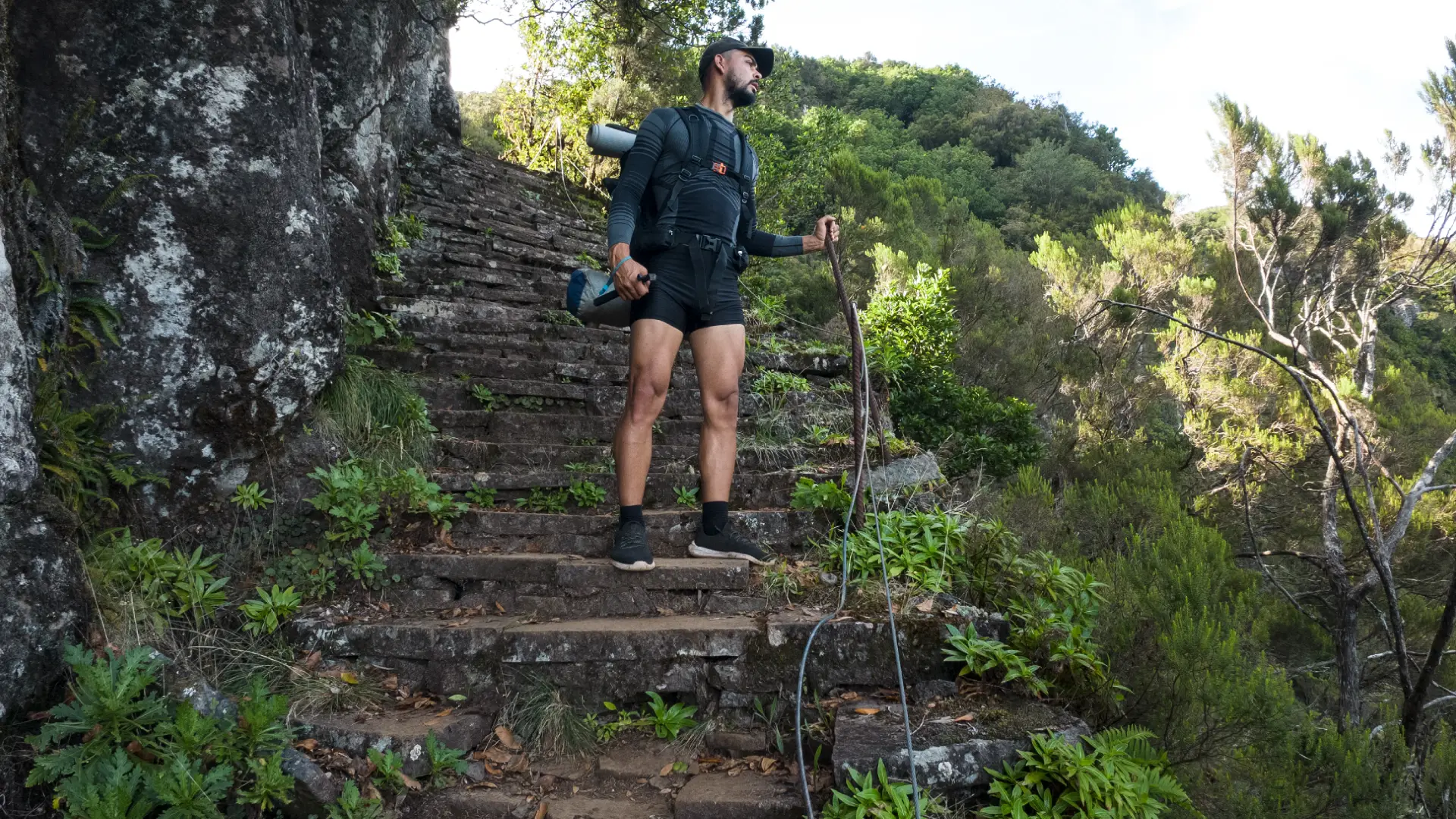Living in South America as a digital nomad offers several advantages and disadvantages. Let’s explore the pros first.
One major benefit is the excitement of being in a new place and experiencing something different every day. Even if you work remotely, living abroad prevents the monotony of a routine. Simple activities like going for a walk during lunch can lead to discovering new parts of the city or trying local foods you’ve never encountered before. This constant novelty is one of the most enjoyable aspects of being a digital nomad.
Another advantage is the ability to make the most of your time off. Weekends provide opportunities for exploring new destinations that wouldn’t be feasible if you were working in your home country. By using vacation days strategically, you can extend your trips and visit places that require more time. For instance, while in Buenos Aires, Argentina, we utilized the Thanksgiving holiday to take just one additional day off and enjoyed five days in Patagonia. This flexibility allows for meaningful travel experiences.
Cost of living is also a significant benefit. Compared to many places in the United States, living expenses in South America are generally lower. Cities like Buenos Aires, Santiago, and Quito offer a comfortable lifestyle without the stress of high expenses. For instance, meals at local restaurants typically cost around three dollars, while international dining options average around ten dollars. Additionally, Airbnb rentals, although more expensive than long-term leases, are still much cheaper than U.S. rental prices. By staying for at least 30 nights and taking advantage of monthly discounts, you can further reduce costs. This affordability enables a higher standard of living without financial worries.
On the downside, it’s worth considering the limited duration of short-term rentals compared to long-term leases. While Airbnb and similar platforms offer flexibility, they come at a higher price. Opting for longer leases (three to six months) can result in significantly cheaper rental rates, sometimes even as low as a few hundred dollars per month. However, if you prefer shorter stays or don’t want to commit to a lease, short-term rentals still offer substantial savings compared to U.S. rental prices.
Starting with the pros:
- Comfort items: Unlike some places where finding familiar comfort foods and shops can be challenging, South America offers numerous options that cater to American tastes. American-inspired restaurants, familiar stores in malls, and even imported US products in grocery stores are readily available. While imported items may be more expensive, you can still find items that provide a sense of comfort and make you feel at home.
- No car needed: Enjoy the convenience of walking and utilizing public transportation in South American cities. Unlike the hassle of driving and dealing with traffic and parking in cities like Austin and Los Angeles, major cities in South America are pedestrian-friendly, and public transportation is efficient and affordable. Metro rides cost just a few cents, and Uber is also a convenient and inexpensive option.
- Easier to make friends: Despite concerns about language barriers and potential isolation, it is actually quite easy to connect with fellow digital nomads and expats in South America. Joining expat groups on platforms like Facebook allows you to interact with like-minded individuals, ask questions, and participate in events. Co-working spaces are also a great way to meet and socialize with other digital nomads.
Moving on to the cons:
- Language barrier: English is not widely spoken in South America, except for Brazil. Therefore, it is advisable to learn some basic Spanish before arriving. While the language barrier can pose a challenge, being in South America provides an excellent opportunity to immerse yourself in Spanish and improve your language skills over time.
- Safety concerns: While it is important not to generalize, safety can be a concern for foreigners in certain areas of South America, particularly in cities with high tourist traffic. Petty theft, such as pickpocketing, can be a prevalent issue. Researching safe areas and taking precautions can help mitigate these risks.
- Working stations: Working remotely means you may not always have the most optimal working setup. Many Airbnb listings offer dining tables and chairs as makeshift workspaces, which may not be the most comfortable or ergonomic. It is worth prioritizing a suitable working environment when choosing accommodations or considering joining a co-working space for a more productive setup.
- Exhaustion from frequent moving: While some digital nomads enjoy the adventure of frequently moving to new places, it can also be physically and mentally tiring. Constant research and planning for accommodations, neighborhoods, and amenities can become exhausting, requiring continuous effort to find suitable options.
Living in South America as a digital nomad offers the comfort of finding familiar items, the convenience of not needing a car, and the potential to make friends within the digital nomad and expat community. However, it’s important to be aware of the language barrier and take steps to learn the local language for a smoother experience.









